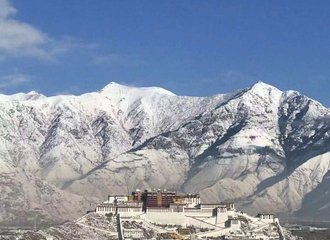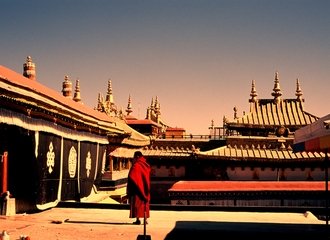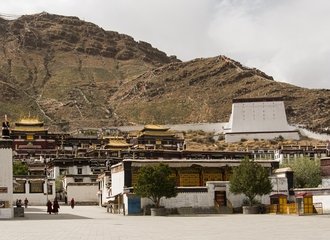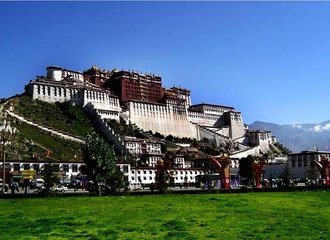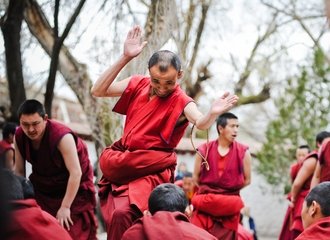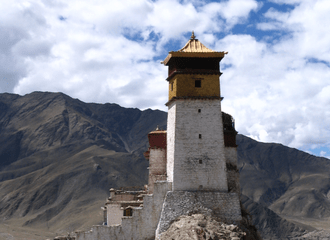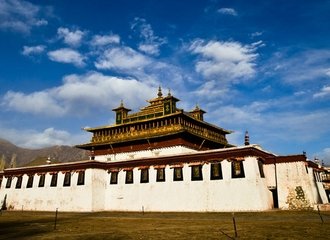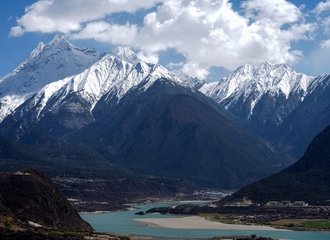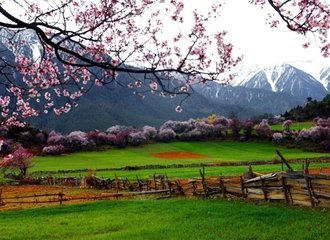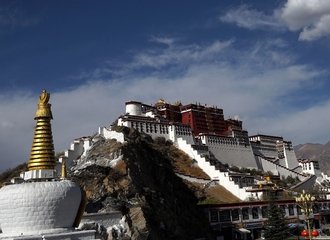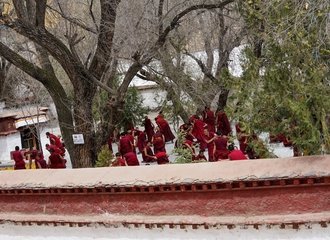Secret Jiuzhaigou local food - cusine options from the only restaurant inside

Go local and try some tasty Jiuzhaigou food while traveling to Jiuzhaigou National Park! Top Tibetan food recommendations not to miss and food options from the only restaurant inside the park.
Be prepared that the taste of the local food in Jiuzhaigou is much different from the spicy foods of Sichuan. The rich variety of the Jiuzhaigou cuisine is worth trying!
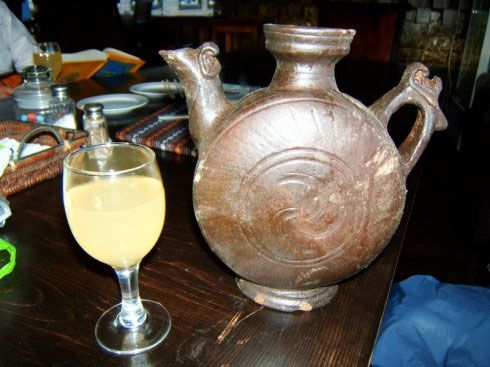
Note that food prices in Jiuzhaigou restaurants are higher than Chengdu, since most of the supplies have to be brought from other near by villages.
If you have lost some of your appetite during the travel, then the Jiuzhaigou pickled vegetable (called Pào Caì in Chinese) will get your appetite started. It is considered in Chinese tradition that this vegetable will add good medicinal value to your stomach.
The Qingke barley liquor is a noted local brew served on big occasions, and it is very popular among visitors. It is light yellow in color so you can describe it as Tibetan beer. It is made from Qinke barley (highland barley), which has been grown across Tibetan plateau including Sichuan's Ganzi Prefecture for almost 3,500 years.
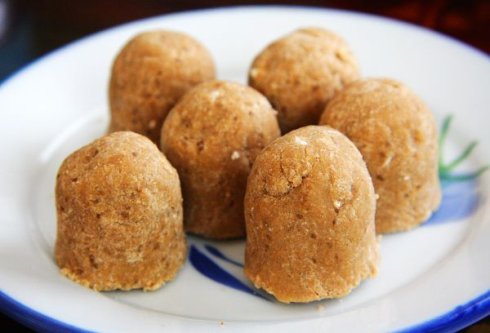
Tsampa is a local authentic food in Jiuzhaigou, which is a mixture of water, flour (made by highland barley) and ghee. The natives put roasted flour with ghee into the water, then knead it until looks a ball to make the tsampa. You may find it similar to Indian customs.
All the milk and cheese comes from yaks here, which is popularly used by the Tibetan' families. Especially the butter tea is an amazing drink, which is a combination of tea, milk and salt. It was noticed that the natives like to drink the butter tea while they eat tsampa.
Tsampa and butter tea are staple foods across the Tibetan world, eaten at almost every meal.
Another recommended food is the local roasted mutton. If you do not like the smell of salted mutton, then better try it with a cup of butter tea.
Food From the Only Restaurant in Jiuzhaigou National Park
In order to avoid pollution to Jiuzhaigou Nature Reserve, there is only one restaurant inside the Reserve, at the Nuorilang Tourist Service Center, 300 m. (984 ft.) away from Nuorilang Waterfall.
About Nuorilang Waterfall:
One of the defining symbols of Jiuzhaigou National Park and the Nuorilang Waterfall.
Jiuzhaigou's Shuzheng Valley is home to Nuorilang Waterfall, the broadest waterfall in the park, and in fact, the widest highland waterfall in all of China.
The waterfall itself, whose name in Tibetan literally means "grand and magnificent," has an impressive width of 320m (1,050ft) and is one of the defining symbols of Jiuzhaigou National Park.
Aside from the captivating scenery of the Nuorilang Waterfall and the surrounding valley, however, one thing often missed by visitors are the rich local foods.

With that as a backdrop, the cube-shaped Nourilang Tourist Service Center boasts a smart blend of traditional and modern architectural elements, a great view, and a cafeteria suited to serve park visitors.
While Chinese and Western options are available, local Tibetan favorites such as tsampa, butter tea, blood sausages, and Qingke barley liquor are recommended for travelers who wants to go local.
Tibetan people, like people all across China, make sausages by filling the small intestines of pigs or sheep with meat and spices. Since yaks are commonly raised in Jiuzhaigou and many Tibet areas, yak meat is a common ingredient in Tibetan sausages.
Tibetan blood sausages, also called 'juema', are made by filling the sausage with a mixture of tsampa, fresh sheep or yak blood, leeks, and spices. The resulting sausages are not only tasty but also full of nutrition. Blood sausage is a delicacy for Tibetan people and is often served to important guests and visitors, earning it a place among the "must-try" foods of Tibetan cuisine.

Qingke barley wine as mentioned above, can be found in this restaurant. It is another item Tibetans like to serve guests. Like buttered tea, qingke barley wine is enjoyed by many Tibetans on a daily basis and is widely regarded as the Tibetan equivalent of beer.
To make this liquor, hulless barley is first washed and then steamed, and finally fermented for a few days. The fermentation is complete and the liquor ready to drink when the liquid appears yellowish and has a slightly sweet taste.
After viewing the Y-shaped confluence of the calcium-rich Zechawa and Peacock Rivers from the Rize Valley that form the impressive Nuorilang Waterfall, be sure to make your way over to the Tourist Service Center.
In Jiuzhaigou valley you can find some special Tibetan restaurants. Read expert tips What to eat in Jiuzhaigou from WindhorseTour.
Before you leave, you can buy some yak meat and tsampa on your way to the next destination just like local Tibetans do on their travels.
Even if you decide not to partake of the local favorites, the stunning alpine mountain backdrop provides an ideal setting for photos. Read on How to travel to Jiuzhaigou.
Ready? Start, Plan your Trip Today!



